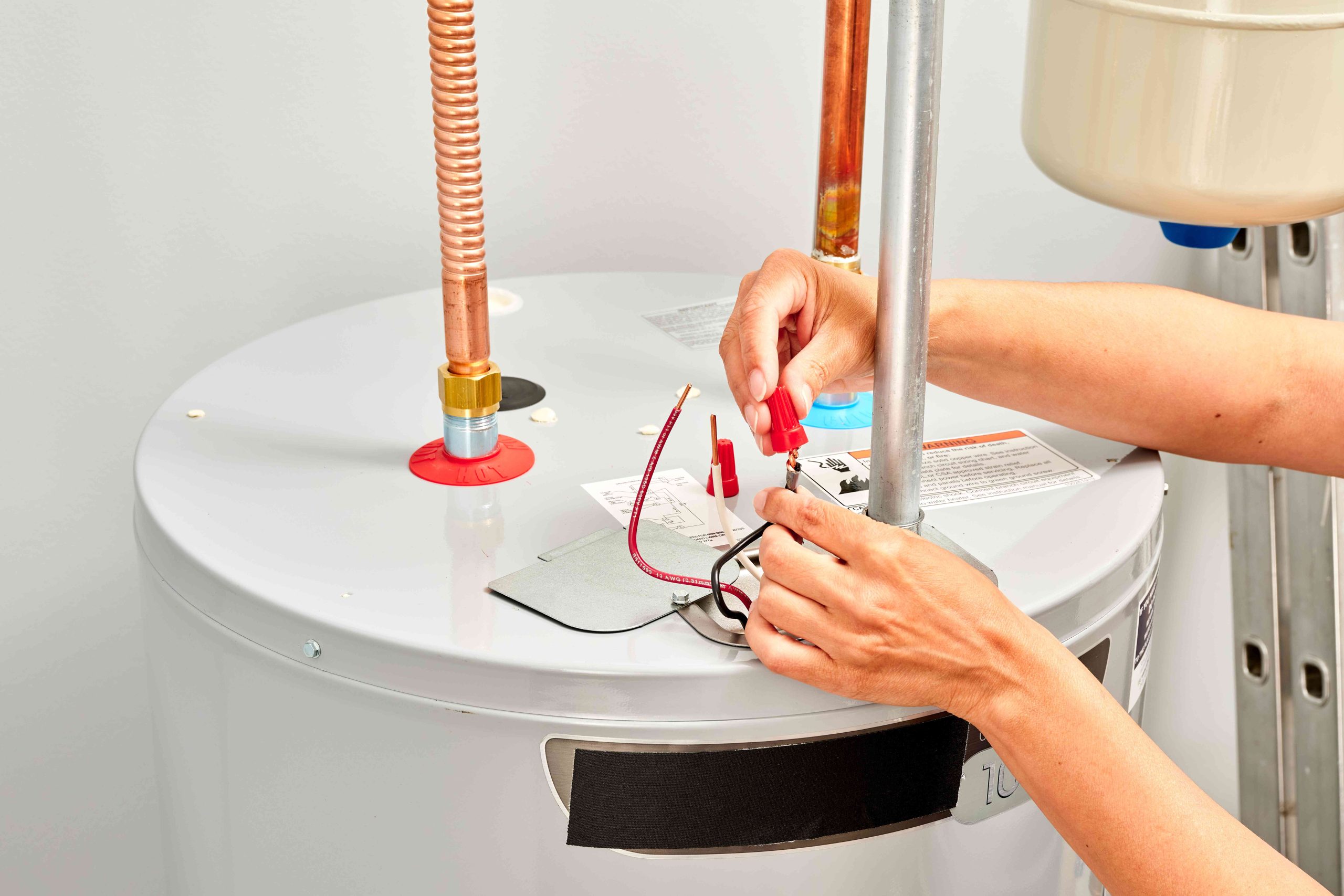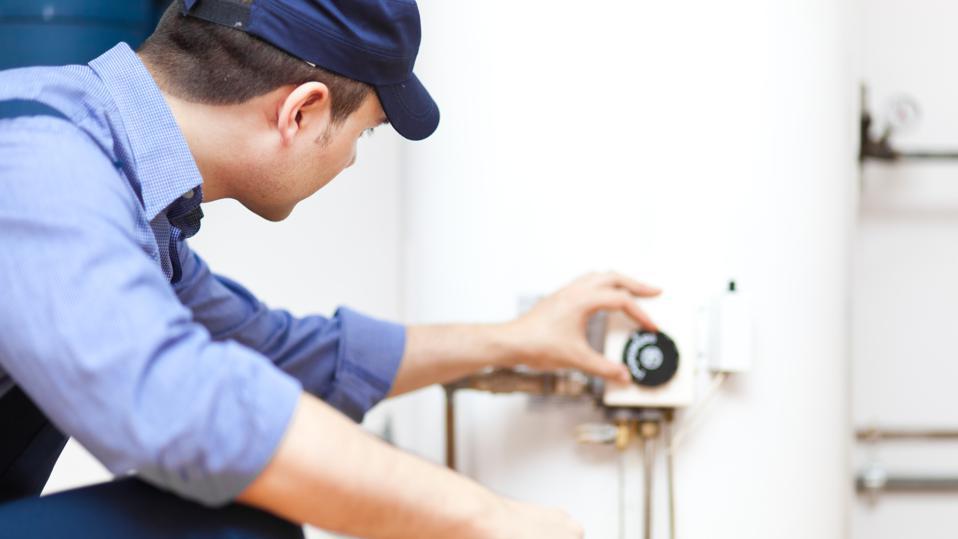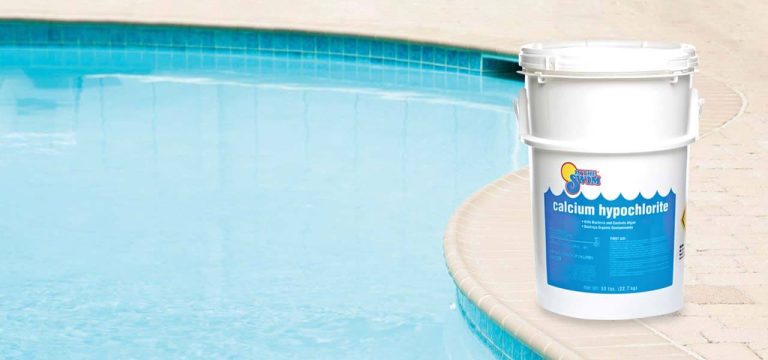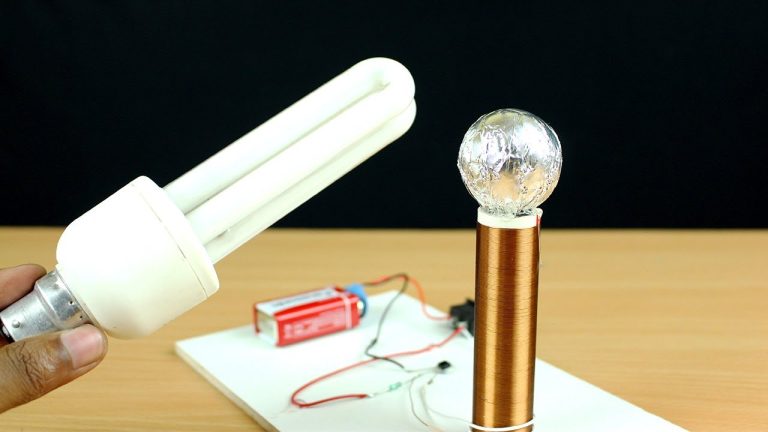How do Electric Hot Water Systems Work?
Electric hot water systems use electricity to heat water, allowing you to access hot water on demand. The system involves an electric element located in the water tank which is activated when you need hot water. The element then heats up the water, which is stored in a tank until it is ready for use. Electric hot water systems are relatively easy to install and maintain, making them a popular choice for households.
Overview of Electric Hot Water Systems
Electric hot water systems are a popular and reliable means of providing hot water to a home or residence. They are typically used when a gas-powered hot water system isn’t a viable option, or if a home or residence is looking to improve its energy efficiency. Electric hot water systems are usually powered by electricity and use a storage tank to hold heated water until it’s needed.
Electric hot water systems can be used to provide hot water for a variety of purposes, including heating for showers, baths, and dishwashers. They are also used for other applications such as laundry and cleaning. Electric hot water systems are generally more energy-efficient than gas-powered hot water systems, and they can save money on utilities.
Electric hot water systems come in two main types: tankless and tank-style. Tankless electric hot water systems are more energy-efficient and require less maintenance, but they can be more expensive upfront. Tank-style electric hot water systems are more affordable, but they require more maintenance and use more energy.
When choosing an electric hot water system, it’s important to consider the size of the unit and the amount of hot water it will provide. It’s also important to consider the water pressure, as high water pressure can cause damage to the unit. Additionally, it’s important to consider the energy efficiency of the unit, as well as any applicable warranties or guarantees.
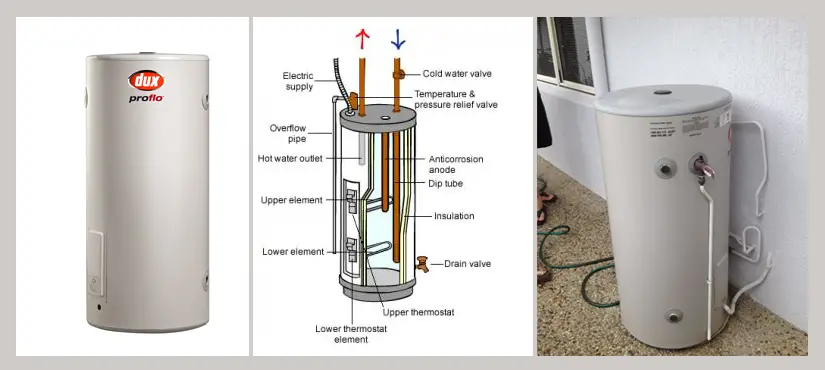
Credit: www.hotwaterbrisbane.com
Components of Electric Hot Water Systems
Electric hot water systems typically consist of several essential components, starting with a heating element. This is the core component that actually produces the heat that is used to warm up the water. It is usually powered by electricity, although some electric hot water systems are powered by gas. The heating element is usually attached to a tank that holds the heated water. This tank varies in size depending on the capacity of the system and the needs of the user.
The tank is connected to a water supply line, which is typically connected to the cold water line in the home or office. This is used to fill the tank with cold water, and then the heating element is used to warm it up. Depending on the system, the water may be heated directly as it enters the tank, or it may be heated indirectly by a coil system.
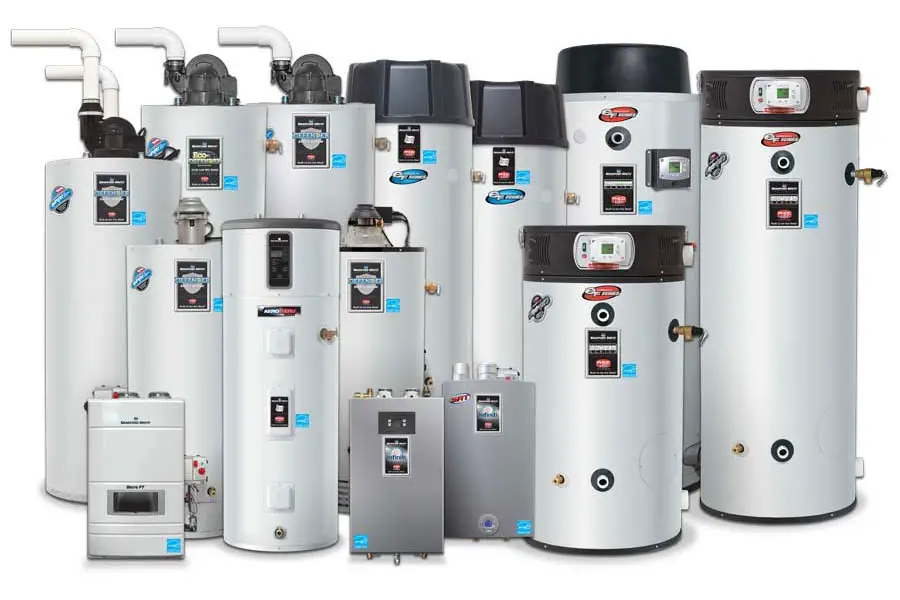
Credit: www.1tomplumber.com
Advantages of Electric Hot Water Systems
Electric hot water systems have a number of advantages, including:
- Energy Efficiency: Electric hot water systems are highly energy efficient, as they only use electricity when hot water is needed.
- Cost-effective: Electric hot water systems are relatively inexpensive to install and maintain, making them an affordable option for many homeowners.
- Reliable: Electric hot water systems are known for their reliability and longevity and require minimal maintenance over their lifespan.
- Easy Installation: Electric hot water systems are easy to install and can be installed in small spaces.
- Environmentally-Friendly: Electric hot water systems produce zero emissions during operation, making them environmentally friendly.
- Adjustable Temperature: Electric hot water systems allow users to adjust the temperature of the water to their desired level, providing greater convenience and comfort.
- Safety: Electric hot water systems are generally considered safer than gas hot water systems, as there is no risk of gas leaks or explosions.
Credit: www.forbes.com
Installation of Electric Hot Water Systems
When it comes to installing an electric hot water system, it is important to make sure you have the right tools and materials to get the job done. Electric hot water systems can be installed either as a storage tank system or a tankless system. Both have their advantages and disadvantages, so it is important to research which one is best for your particular needs.
A storage tank system is generally the more cost-effective option and is best suited for those who have a large family and need a large amount of hot water. This type of system takes water from the main line and stores it in a tank for use as needed. The downside is that it will take up space in your home and you will need to periodically replace the tank.
A tankless system is usually more expensive but offers the advantage of not taking up any space in your home. This type of system heats water as it is needed, meaning you never have to worry about running out of hot water. It is also more energy efficient, as it does not require a tank to store the hot water.
When it comes to installation, both of these systems require professional installation. This is due to the complexity of the wiring involved. It is best to consult a professional electrician who is experienced in installing these types of systems. They can ensure that the installation is done properly and safely.
Maintenance of Electric Hot Water Systems
Electric hot water systems are a convenient and economical way to provide hot water for your home or business. However, these systems require regular maintenance to ensure that they are running efficiently and reliably. Without proper maintenance, electric hot water systems can be prone to breakdowns, leading to costly repairs or even complete replacement of the system.
Regular maintenance of electric hot water systems should include the following steps:
- Check the Temperature: The temperature of the water should be checked regularly to ensure it is set to the desired level. If the temperature is too low, it can cause the system to become inefficient and lead to lukewarm water – which is not ideal for washing dishes or taking a shower! It is also important to keep a close eye on the thermostat to make sure it is not set too high, as this can be dangerous and cause the system to overheat.
- Inspect the Heating Elements: The heating elements of an electric hot water system should be inspected regularly to make sure they are in good working order and not worn out or damaged. If there are any signs of wear and tear, they should be replaced as soon as possible to avoid costly breakdowns.
- Check the Pressure: The pressure of the water should also be checked regularly to make sure it is at the appropriate level. If the pressure is too high, it can cause damage to the pipes and the system itself, so it is important to keep an eye on it to ensure it is within the recommended range.
- Flush the System: It is important to flush the system every few months to remove any build-up of sediment or mineral deposits that could cause damage or reduce the efficiency of the system.
Troubleshooting Common Problems with Electric Hot Water Systems
Troubleshooting common problems with electric hot water systems can be a daunting task, and while the task is sometimes simple and straightforward, it can also be a complicated process that requires the help of a certified electrician. Electric hot water systems can be prone to a variety of problems, and understanding what can go wrong and how to troubleshoot these common issues is essential for any homeowner.
One of the most common problems with electric hot water systems is a lack of hot water. This can be caused by a number of issues, such as a tripped circuit breaker, a faulty thermostat, or a malfunctioning heating element. To diagnose the issue, start by checking the circuit breaker to see if it has been tripped.
Another common issue with electric hot water systems is a leaking tank or pipe. This can be caused by a variety of issues, such as corrosion or a broken pipe. To diagnose the issue, start by checking all of the pipes and joints for any signs of corrosion or damage. If any signs of corrosion or damage are found, replace the affected pipe or joint. If a broken pipe is discovered, it should be replaced as soon as possible to prevent further damage.
FAQs
How do electric hot water systems work?
Electric hot water systems use heating elements to heat water. The heating element is usually powered by electricity and is submerged in the water tank. When the desired water temperature is reached, the heater will automatically turn off. The heated water is then stored in the tank until it is needed.
Are there any drawbacks to electric hot water systems?
There are a few potential drawbacks to using electric hot water systems, including:
- They can be more expensive to operate than gas hot water systems, depending on the cost of electricity in your area.
- If there is a power outage, you won’t have access to hot water.
- They may take longer to heat up water than gas hot water systems, which could result in longer wait times for hot water.
What are the benefits of electric hot water systems?
Electric hot water systems have several benefits, including:
- They are relatively easy to install and maintain.
- They tend to be more energy-efficient than gas hot water systems.
- They don’t produce any emissions, making them a cleaner option for the environment.
How an Electric Water Heater Works
Conclusion
Electric hot water systems work by heating water with an electric element and keeping it at a set temperature. The timer on the system can be adjusted to heat the water at specific times, and the thermostat can be set to maintain the desired temperature. Electric hot water systems are efficient, cost-effective, and convenient to use, making them a great choice for many households.

